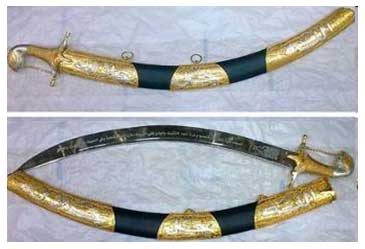|
Interesting Facts
Ancient Egyptians used the paint to paint the hair black. A paste of lead oxide, lime, and water, mixed and the resulting nanoparticles galena, which have a size of up to five nanometers. Black pigment melanin was achieved, which was distributed in keratin hair. Coloring paste reacts with the sulfur and provides stability even hair color. [1].

Samples painting Egyptians. In humans and mythical characters hair color black
Blue paint Mayan kept bright color to our days. It was prepared by mixing the particles of wood and clay indigo. Organic dyes are rapidly destroyed, but in conjunction with inorganic nanostructures formed a good defense.

Mayan art samples
The famous Lycurgus Cup made ancient Roman craftsmen around the fourth century BC. He is green and opaque in the daylight. But if you put in a cup of light, the walls become translucent cup with a reddish tint.
Color changes, because the particles of gold and silver from the fifty and one hundred nanometers are part of the glass. Such glass is used in the creation of stained glass of medieval European cathedrals.

Roman Lycurgus cup change color depending on the light
Damascus swords have a very solid steel blade that is razor cuts the hair on the fly. In the steel includes carbon nanotubes, which are formed by a special forging.

Damascus sword is amazingly strong and sharp blade
The secrets of these productions indulged from generation to generation, and the reasons for these unique properties have not been investigated. Only after the appearance of nanoscience, scientists were able to find an explanation for this unique property.
|


